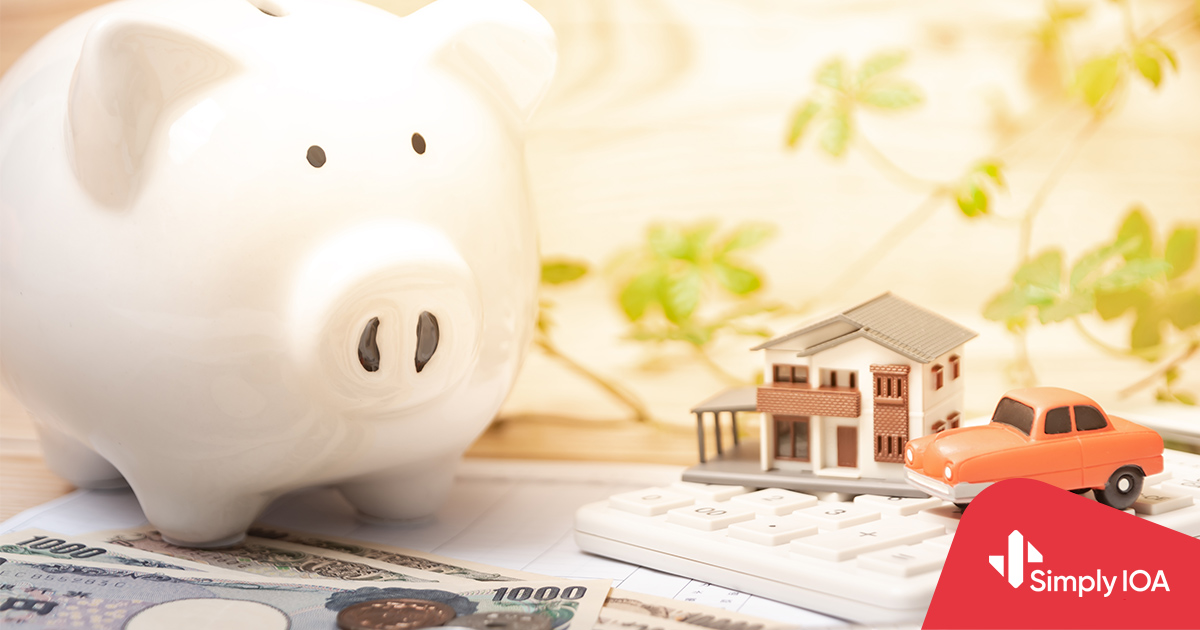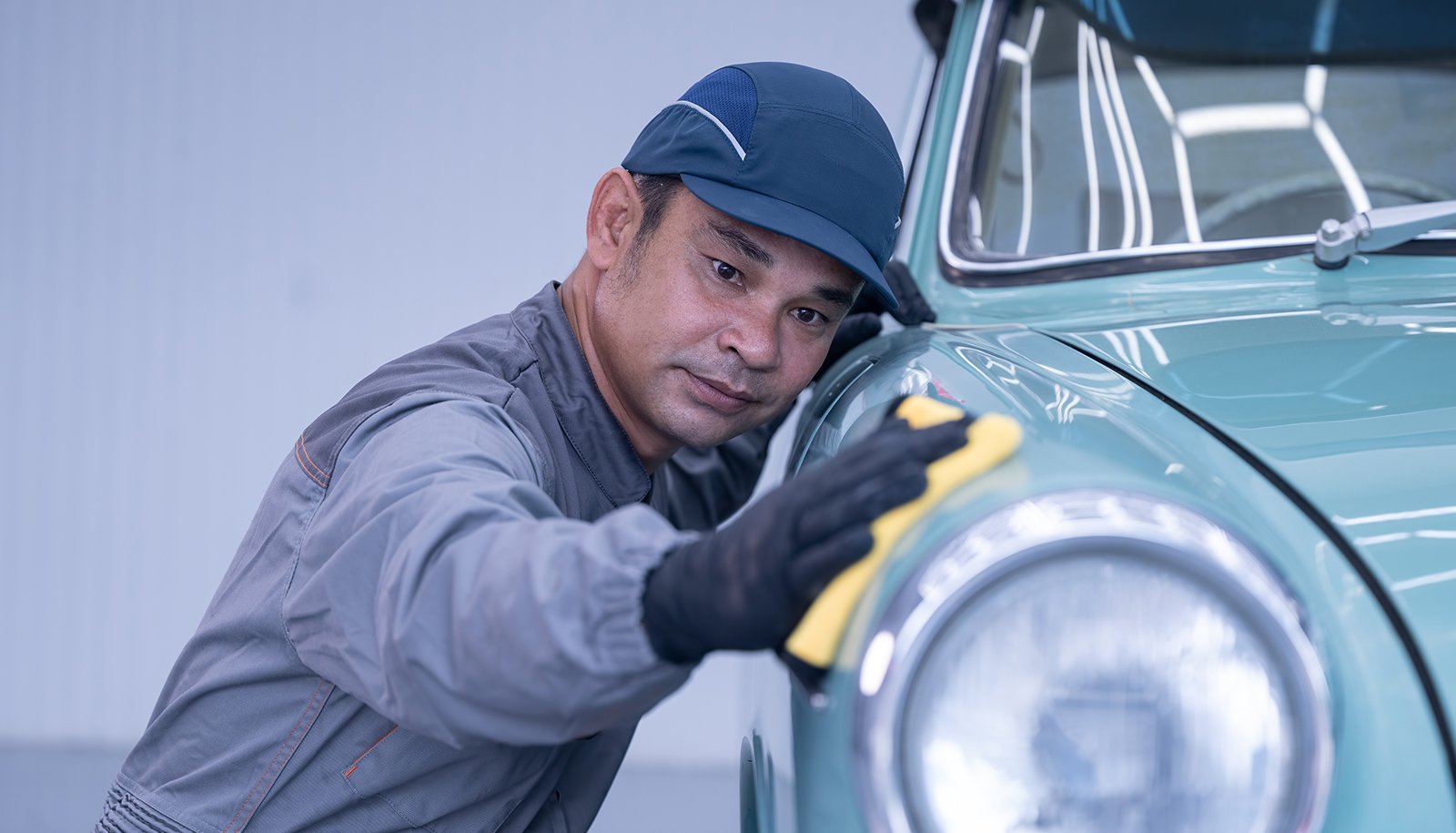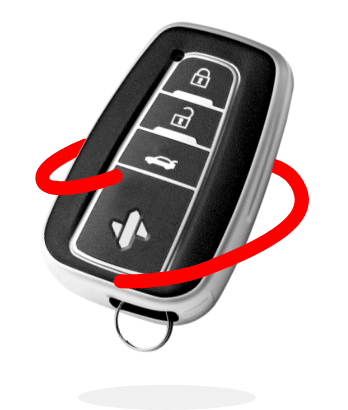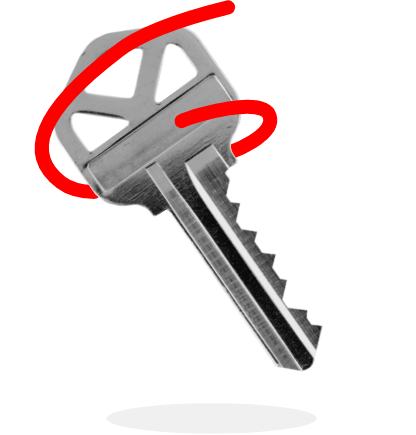COVID-19 has drastically altered the way we do things. For many, digital retailing became the norm as physical touchpoints were reduced. Nearly every industry was impacted causing consumerization to evolve. The home and auto insurance industries were not immune. In fact, there were numerous mandates from state insurance commissioners in the early days of the pandemic to address these challenges.
And, while many of these mandates have since expired, there are lasting effects on the industry. Many insurance companies are still offering extended grace periods, waiving late fees, and extending coverage to delivery drivers. So, how else will the home and auto insurance industry change?
First of all, as a result of COVID-19, a contactless insurance industry truly emerged. This new method for shopping and securing policies is designed with the customer experience in mind. Yesterday’s process for getting a policy is gone. The future will be more efficient and will benefit policyholders in a lot of ways. Simplicity and streamlined are the new buzzwords. Insurance policies need to be easy to understand and use. Digital touchpoints are being leveraged to allow consumers to shop multiple policies under one umbrella. It’s what shopping was always meant to be like.
For the consumer, confidence becomes a factor as they need to be sure they are paying a fair price and must trust that the claims will be paid correctly. These problems are not distinctively new to our post-COVID-19 world, but the pandemic did a lot to accelerate how customers perceive their policies, as well as interact with companies. Given the resurgence of technology-driven communication between consumers and companies, the insurance industry needs to evolve to offer simplicity in every aspect of shopping.
Because many physical touchpoints vanished, a human-centered approach is needed to reconnect the divide. Home and auto insurance providers felt this disconnect as people were losing jobs, downsizing homes, and simply traveling less. Motor telematics and usage-based policies grew in popularity. Consumers felt less insurance was needed to cover their vehicles and wanted to adjust plans accordingly.
The problem, at least for automobiles, is that many consumers were leery of the idea of sharing data directly from their vehicles. As quarantine continued and travel was reduced, insurance companies were realizing unprecedented profits. In order to level the playing field and ensure customers were getting the best deal, insurers leaned into the new concept and successfully deployed telematics. The result was the creation of a policy that actually reflected vehicle usage.
The digitization of things for the insurance world means that consumers should have access to the plans they desire to cover the things that matter most. Providing digital touchpoints simplifies the ability to secure a policy. As things continue to change, it is up to insurance providers to be nimble in working with clients to protect what matters most to them. As COVID-19 is still a reality, there will be more opportunities for insurance companies to create new experiences for customers.
SimplyIOA is a next-level provider capable of ushering insurance shoppers into the new age. As the world around us continues to change, consumers must have options that bring them peace of mind. SimplyIOA works with the nation’s best insurance companies to deliver guaranteed rates for qualified consumers. Not sure where to start? Dive into SimplyIOA today and instantly compare rates and coverage in three easy steps.










